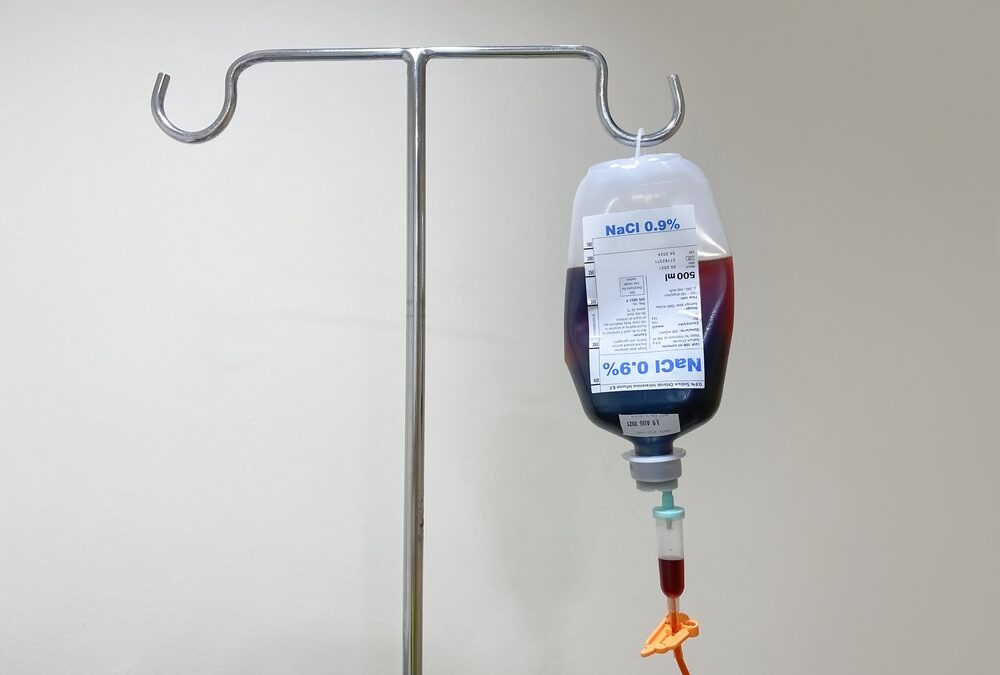I admit to feeling especially awkward when I blog about areas outside of my expertise. Not only is iron deficiency outside of my expertise, but iron metabolism has got to the one of the most ridiculously complicated systems in the human body. I am just a Family Practice doctor, but maybe that gives me permission to ask basic questions. I never paid much attention to iron deficiency until I developed it myself. I finally got help when my Hemoglobin was 7.4 gm/dl (normal ~12- 15 gm/dl) and my ferritin level was 3 (“normal range” is 12-263 ng/ml but probably anything under 30 is abnormal). I had all the signs and symptoms of anemia and iron deficiency – including pica. One thing I have noticed in the years since I began treatment is that I get symptoms as my ferritin level drops, before I become anemic. It’s not my imagination that as my ferritin level drops into the 20’s, I get breathless in the gym, I start having pica, and my migraines get harder to manage – even though I am not yet anemic. In other words, my symptoms start with a drop in serum ferritin levels, which is really fascinating. That got me to thinking about wound care patients.
Our patients are nearly all anemic, but the hematologist tell me that it’s “anemia of chronic disease” and I should not worry. At least a third have heart failure, a quarter of them have a fib and are on blood thinners, nearly 10% have stage 4 kidney disease or are on dialysis, and nearly 15% have some horrible autoimmune disease. They are tired and breathless and have strange food preferences – and I am not supposed to worry my pretty head about it. Nothing to see here. It’s all “normal for them.” They have non healing wounds. Lots of them are depositing iron in their skin and have profound hemosiderin staining. I ask the hematologists if I should get ferritin levels. The answer is, “Don’t worry about it.”
I keep trying to ignore this issue, but a paper was recently published in JAMA Open Network on “Absolute and Functional Iron Deficiency in the US 2017-2020.”
Absolute iron deficiency results from a severe reduction or absence of iron stores. Functional iron deficiency occurs in the presence of adequate iron stores but insufficient iron availability (thus, it is not a true deficiency of body stores). As the paper states:
“Although most research has focused on adverse outcomes among people with iron deficiency and anemia, iron deficiency affects nonerythropoietic tissue, such as skeletal and cardiac muscle, in the absence of anemia.1,2 Iron deficiency has been associated with restless leg syndrome, decreased physical capacity, impaired neurocognitive function, heart failure, all-cause mortality, and other adverse outcomes independent of anemia.” (In other words, lots of the problems that our patients have. CF)
Absolute iron deficiency was defined as serum ferritin level less than 30 ng/ml and functional iron deficiency was defined as transferrin saturation less than 30% with serum ferritin level greater than or equal to 30 ng/ml.” The study population included participants of the nationally representative National Health and Nutrition Examination Survey (NHANES) 2017 to 2020 pre-pandemic cycle who were older than 18 years and had available serum ferritin, iron, and unsaturated iron binding capacity measurement – amounting to 8021 adult participants, which represented an estimated 244.6 million US individuals. Among US adults without anemia, heart failure, chronic kidney disease, or current pregnancy, the estimated prevalence of absolute iron deficiency was 11% (95% CI, 10%-11%), and that of functional iron deficiency was 15% (95% CI, 14%-17%).
Higher body mass index was associated with a higher risk of functional iron deficiency and with a lower transferrin saturation. Individuals with anemia, heart failure, chronic kidney disease, or current pregnancy were more likely to have absolute, but not functional, iron deficiency than those without such conditions
These findings suggest that absolute and functional iron deficiency affect a large proportion of American adults even in the absence of anemia, heart failure, or chronic kidney disease. I still do not know whether I ought to be testing for this in our patients, and whether correcting the problem it would make a difference. I only know that I keep being told “not to worry about it.” I wonder.
I did not attempt to do a proper literature search, but Dr. Keith Harding and his team have already thought about this. I stumbled on a 2020 article published by Drs Ferris and Harding in Wound Repair and Regeneration, exploring the question of whether patients with venous ulcers have a high prevalence of iron deficiency and anemia. The answer may be yes.
It seems to me we should at least look at this question. I hope that people who know more about this topic will message me.
Caroline
Related posts:
- The Ironman Competition – Caroline Fife M.D. (carolinefifemd.com)
- Today is a Glorious Day – Caroline Fife M.D. (carolinefifemd.com)

Dr. Fife is a world renowned wound care physician dedicated to improving patient outcomes through quality driven care. Please visit my blog at CarolineFifeMD.com and my Youtube channel at https://www.youtube.com/c/carolinefifemd/videos
The opinions, comments, and content expressed or implied in my statements are solely my own and do not necessarily reflect the position or views of Intellicure or any of the boards on which I serve.




I totally after with you. We should lok at iron levels and correct the levels.